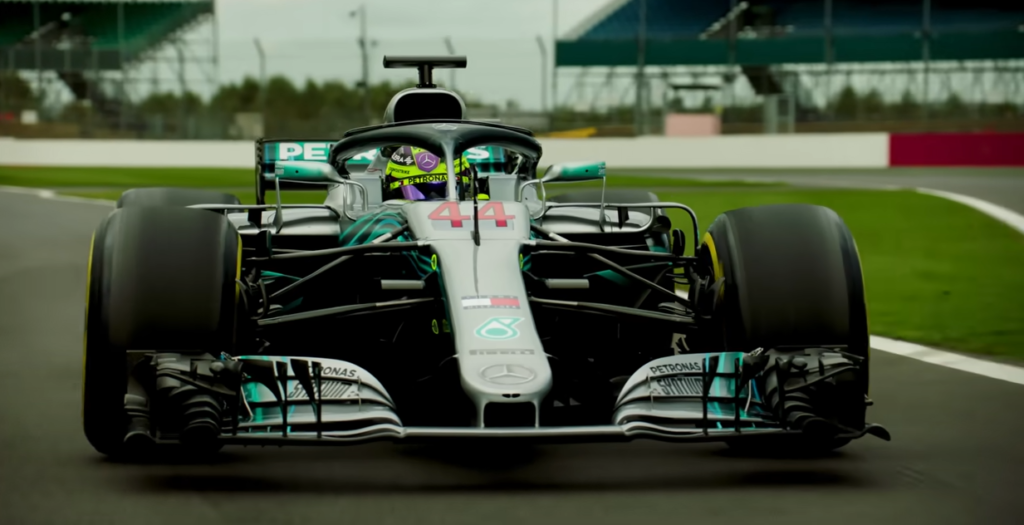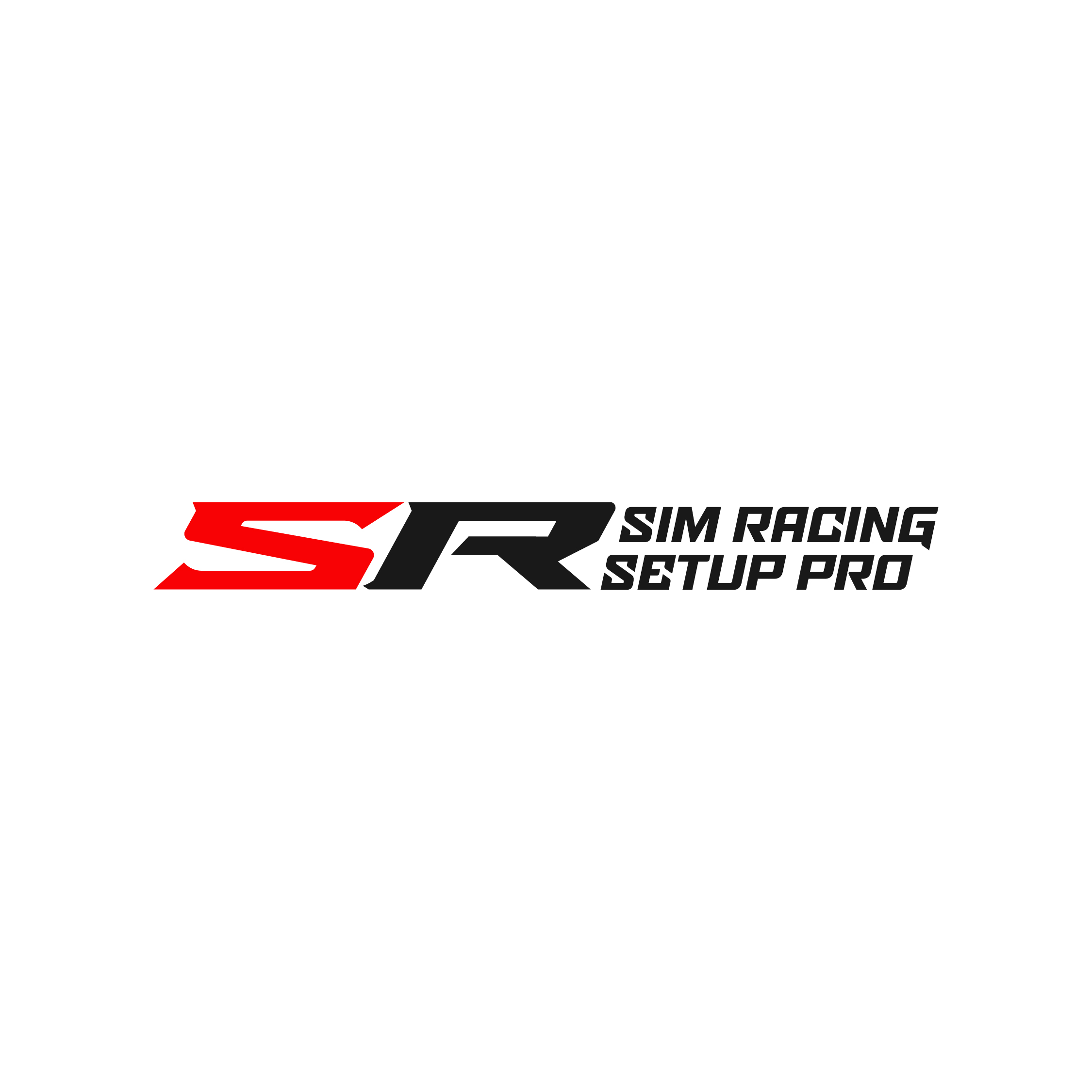
Introduction: A Virtual Revolution in Motorsport
Sim racing has transcended its status as mere entertainment, evolving into a critical training tool for Formula 1 (F1) drivers. What began as an esports niche has matured into an elite-level driver development system, integrating high-fidelity vehicle physics, AI-powered coaching, and real-time race telemetry【Stanford University Open Virtual Assistant Lab】.
Top F1 stars—including Max Verstappen, Lando Norris, and Charles Leclerc—spend hundreds of hours in simulators, refining their reflexes, adapting to new circuits, and even testing car setups【SimRacingPedia】. With AI-enhanced sim racing platforms like iRacing, Assetto Corsa, and rFactor 2 continuing to evolve, the question is no longer whether sim training complements real-world racing, but whether esports drivers will eventually rival traditional karting prodigies in the F1 pipeline【Asetek SimSports】.
With neuroadaptive AI training, virtual reality (VR) cockpit immersion, and real-world telemetry integration, sim racing may soon replace karting as the dominant entry route into professional motorsport【The Hoosier 500】.
How Sim Racing is Reshaping Formula 1
1. AI-Powered Race Engineers: The Rise of the Virtual Pit Wall
AI is already transforming sim racing training, but what happens when it becomes the ultimate race strategist? Current F1 teams use high-end simulators to develop pre-race strategies, but AI-driven adaptive coaching could soon allow teams to optimize performance in real time【Racing Games】.
Case Study: AI-Powered Race Feedback in Sim Racing
Research from Stanford University’s Open Virtual Assistant Lab suggests that real-time AI guidance could provide drivers with adaptive feedback based on biometric and race data【Stanford University】.
Prediction: By 2030, F1 teams will use AI-driven “virtual race engineers”, capable of adjusting tire strategies, optimizing fuel efficiency, and predicting overtaking windows based on real-time driver behavior【Performance Drivers Club】
2. Quantum Computing: The End of Gut Instinct Racing
Sim racing already relies on advanced physics engines, but what if teams could run millions of simulations per second to optimize race outcomes? Quantum computing, a field that Mercedes and McLaren are exploring, could revolutionize race strategy by simulating real-time weather shifts, driver reactions, and pit stop timing at speeds that surpass human calculations【FlowRacers】.
Cited Insight: Quantum Computing in Motorsport
According to SimRacingPedia, F1 teams have already integrated AI-driven predictive modeling into their simulators, but quantum-enhanced race strategy is the next logical step【SimRacingPedia】.
Prediction: By 2040, F1 race strategies will no longer rely on traditional intuition. Instead, teams will use quantum-optimized racing models, reducing mid-race uncertainty to nearly zero【Asetek SimSports】.
3. From Esports to F1: The Sim Racing Talent Pipeline
Historically, F1 drivers began in karting, but what if the next world champion came directly from sim racing competitions? Esports has already produced real-world drivers like Jann Mardenborough, but as sim technology improves, the line between virtual and real racing will disappear【FlowRacers】.
Real-World Impact: F1 Drivers Using Sim Racing
Max Verstappen and Lando Norris regularly train with iRacing and Assetto Corsa, proving that elite-level sim racing can replicate real-world skills【Fotoolog】.
Prediction: By 2035, an F1 team will sign a driver who has never raced in a real car before, proving that sim racing is a fully legitimate talent pathway【OverTake】.
4. The Biometric Future: EEG-Driven Simulators & Neural Performance Optimization
Reaction time is everything in F1. What if drivers could train their brains to react faster than ever before? EEG-based (brainwave) tracking is already being used in cognitive sports training, but integrating it into F1 simulators could take driver preparation to the next level【Performance Drivers Club】.
Academic Support for EEG Integration in Racing
According to The Hoosier 500’s 2025 Racing Guide, teams are actively exploring brainwave training systems to improve driver performance【The Hoosier 500】.
Prediction: By 2040, sim racing will integrate biometric EEG tracking, allowing AI-enhanced simulators to adjust difficulty, reaction training, and fatigue management based on real-time driver brain activity【OverTake】.
Key Visual Enhancements to Maximize Insight
Quantum Race Strategy Flowchart → A visual representation of how real-time quantum computing could predict and optimize an F1 race strategy.
AI-Coaching Simulation Diagram → Shows how AI-driven simulators could provide adaptive feedback loops based on driver performance.
Talent Pipeline Infographic → Mapping the transition from sim racer → esports champion → real-world F1 driver.
